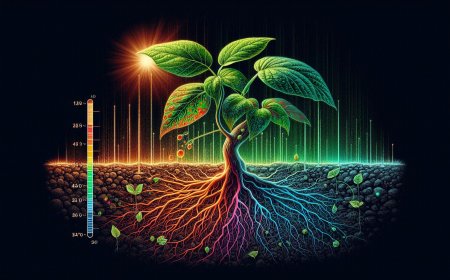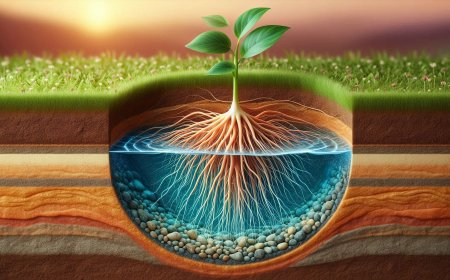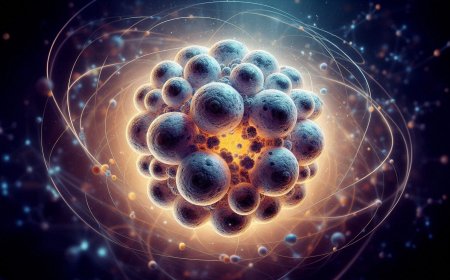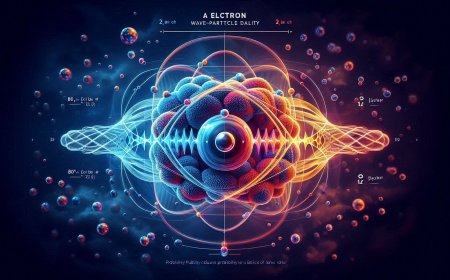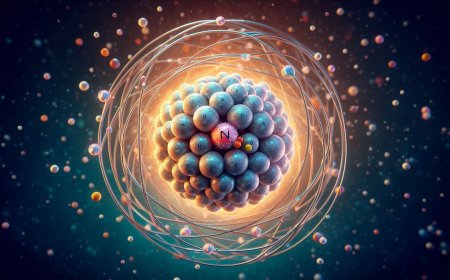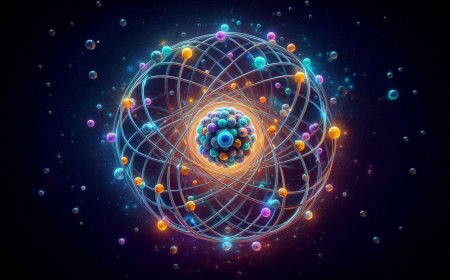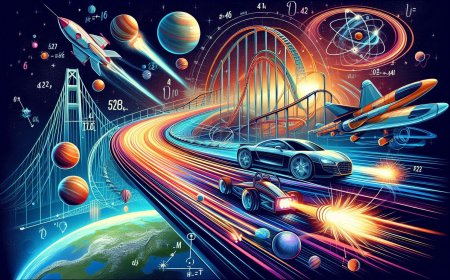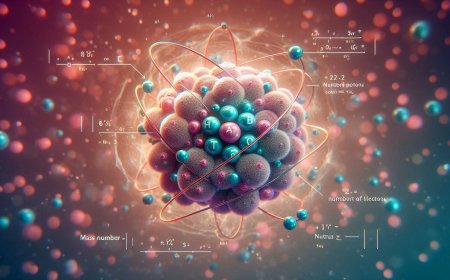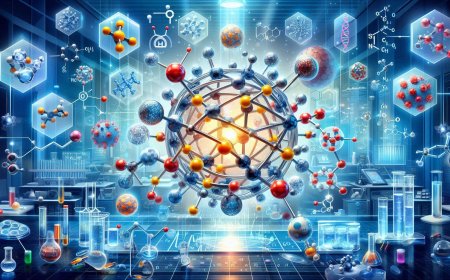Nucleons: The Building Blocks of the Atomic Nucleus
Explore nucleons - the protons and neutrons within an atom's nucleus. Learn how these particles interact to shape atomic structure, stability, and nuclear reactions.
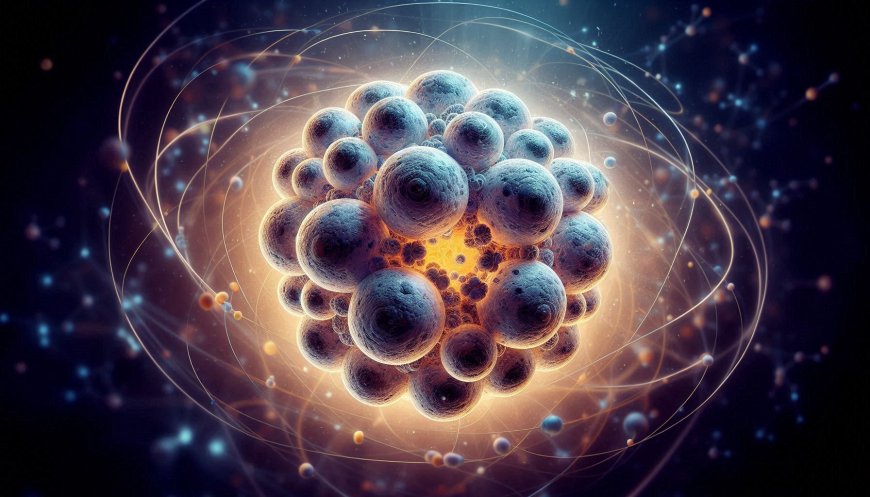
In the world of chemistry, one often explores the tiny particles that form the foundation of all matter. Among these essential particles are nucleons, a term that describes the particles residing within the nucleus of an atom. Understanding nucleons opens the door to comprehending atomic structure, nuclear reactions, and even the forces that govern the universe.
What Are Nucleons?
The term "nucleon" refers collectively to two types of subatomic particles: protons and neutrons. These particles, held together by powerful nuclear forces, form the core or nucleus of an atom. The concept of nucleons emerged as scientists delved into atomic structure and discovered that, beyond electrons orbiting the nucleus, the heart of the atom contained densely packed particles.
- Protons: Protons are positively charged particles, each carrying a single unit of positive charge (+1). The number of protons in the nucleus defines the atomic number of an element and, consequently, its identity on the periodic table. For example, hydrogen has one proton, while carbon has six.
- Neutrons: Neutrons, on the other hand, are electrically neutral and carry no charge. They contribute to the atomic mass of an element and play a key role in stabilizing the nucleus. Elements with the same number of protons but varying numbers of neutrons are known as isotopes. Neutrons make it possible for elements to exist in different isotopic forms, impacting their stability and behavior in nuclear reactions.
The Strong Nuclear Force: Holding Nucleons Together
One of the most fascinating aspects of nucleons is how they’re held together. Protons are all positively charged and, under normal circumstances, like charges repel each other. So, in theory, the protons in the nucleus should push each other apart. However, nucleons are held together by a mysterious yet powerful interaction known as the strong nuclear force. This force operates at incredibly short distances—within the nucleus itself—and is much stronger than the electromagnetic force that causes protons to repel. The strong nuclear force binds protons and neutrons tightly together, forming a stable nucleus.
Nucleons and Atomic Mass
Since protons and neutrons contribute significantly to an atom’s mass, they are primarily responsible for the atomic mass of an element. In fact, the mass of an atom is concentrated almost entirely in its nucleus. Electrons, though essential for chemical bonding and behavior, have a negligible mass in comparison to nucleons. Therefore, the total number of protons and neutrons, called the mass number, is used to approximate an element’s atomic mass. The more nucleons an atom has, the greater its atomic mass.
Nucleons in Nuclear Reactions
Nucleons play a pivotal role in nuclear reactions, which involve changes to the nucleus itself, unlike chemical reactions, which only involve electron interactions. For example:
- Nuclear Fusion: In fusion reactions, like those powering the sun, small nuclei combine, resulting in a larger nucleus and a release of energy. Hydrogen nuclei (protons) fuse to form helium, illustrating nucleons' essential role in creating energy.
- Nuclear Fission: In fission, a large nucleus splits into smaller nuclei, releasing a significant amount of energy. The splitting of uranium nuclei, for instance, is harnessed in nuclear power plants. This process demonstrates how altering the arrangement of nucleons can yield vast energy.
The Future of Nucleons: Energy and Research
Scientists continue to study nucleons, not only to better understand the universe but also to explore practical applications like clean energy production. Nuclear fusion, in particular, holds promise as a future energy source, and researchers are investigating how nucleons behave under various conditions to make this technology viable. The study of nucleons also extends to fields like medicine, where nuclear technologies are employed in diagnostic imaging and cancer treatment.
Conclusion
Nucleons are much more than simple particles in the nucleus; they are the key to understanding atomic structure, nuclear energy, and the fundamental forces that shape our universe. Through the study of protons and neutrons, chemists and physicists alike have unlocked mysteries of matter, paving the way for scientific advancements that continue to impact our lives today. Whether you're exploring chemistry for academic interest or seeking to understand the basis of nuclear power, nucleons serve as the essential building blocks at the very core of existence.
What's Your Reaction?







